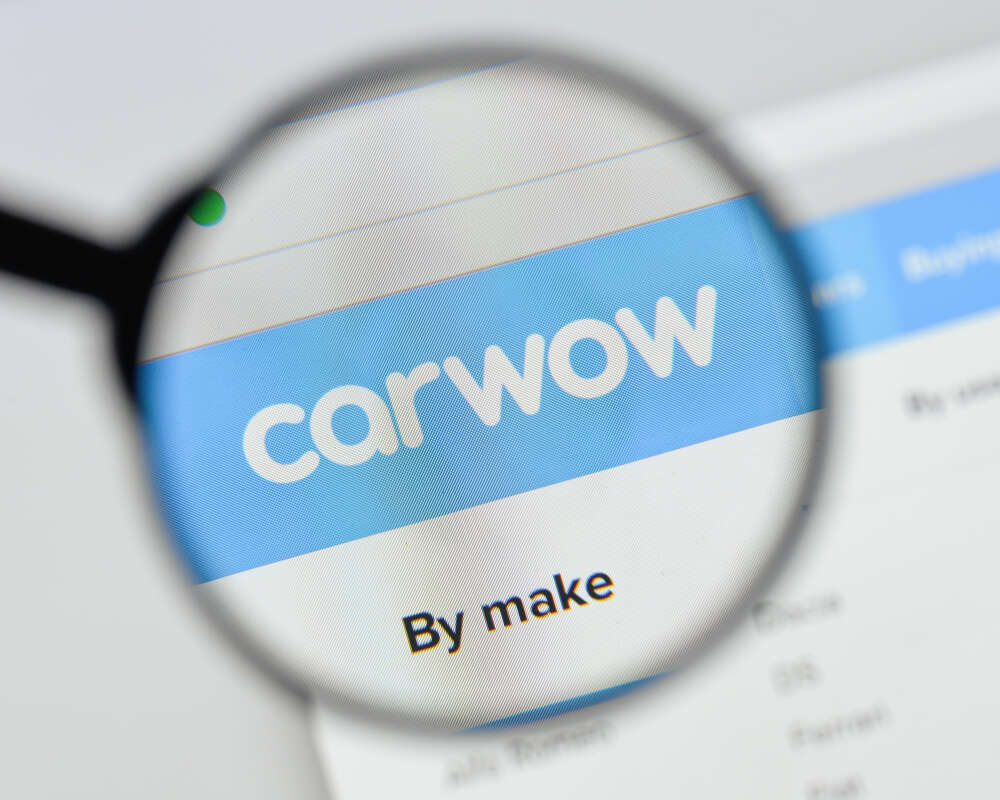
The fractured nature of the automotive industry has prevented it from keeping pace with digital transformation for decades. This has presented car purchase comparison site Carwow with the opportunity to close the loop between customers and manufacturers by sharing its data with retailers. Sepi Arani, original equipment manufacturer (OEM) director at the company, speaks to Tech Monitor about how it is putting such a strategy into practice.

Digital transformation in automotive: The challenges of a fractured industry
Compared with other consumer-facing industries, automotive can be considered one of the laggards of digital transformation. The industry is “in no one’s imagination leading in terms of innovation”, Arani says. Although 85% of carmakers and dealers agree that the traditional automotive sales model is in need of change, according to a survey by Accenture, 60% of dealers say they do not have the means to invest in digitalisation or see the need to do so.
The potential for digitalisation is held back by the structure of the industry, Arani argues. Manufacturing and logistics are typically managed by a carmaker’s global headquarters, distribution is handled by importers and national sales companies that may or may not be owned by the manufacturer, and retail is managed by regional dealerships that mostly operate as independent franchises.
This lack of integration prevents the automotive industry from responding to customer needs, adds Arani. “The challenge comes that markets want individuality in terms of approach, systems and suppliers,” he says, but the fractured value chain prevents “any consistent and real innovation from the global office of a brand”.
In particular, this fractured value chain breaks the flow of data from the customer back to the global office. Customer data typically resides with the retailers who “are perhaps the least innovative in terms of managing customer data”, Arani concedes.
This stands in contrast to other areas of retail, in which the parent brand owns the full value chain, from manufacturing to customer touchpoints. Arani presents the example of Inditex, the Spanish multinational clothing company behind Zara and Bershka, which has rolled out radio-frequency identification (RFID) tags for stocktaking. With these tags, staff can monitor how much stock is in a shop floor without having to manually count it. “It’s super simple for them to do because they integrate the technology all the way from the manufacturing stage,” explains Arani. “Could we do that in automotive? I don’t think so. Not with the current set up.”
Carwow: Maximising the use of data for a personalised customer journey
Carwow hopes to disrupt this “very archaic industry” by stitching all the data from the different steps of the car purchase journey together. Although it started in 2011 as a vehicle reviews website, today the company positions itself as a platform where users can buy new and used cars from franchised dealers. Arani claims that it is the UK’s and Europe’s largest new car platform by size with six million consumer visits per month, and that in June alone it accounted for 16% of all new car sales in the UK.
Carwow’s data comes from user registration. For users to see the pricing information of a car on the platform, they need to share their email address. From that point, Arani says that the average user is 24 days away from purchase.
However, Carwow only has around one third of the UK’s automotive retailers on the site, which limits the choice for customers. That is why Arani and his team decided to open Carwow’s ‘first party’ customer data to other car retailers, so they can understand their customers and engage them more effectively. It does this using data connectivity platform LiveRamp, which allows Carwow and clients to combine data sets while automating data cleansing processes.
One retailer sought to validate its in-market model that was designed to work out precisely when an existing customer may be looking to buy a new car and, therefore, start exploring competitor brands. At this point, the model would begin a series of retention communications via the brand’s CRM programme.
Carwow’s data science division worked with the client’s global digital analytics team to define the testing parameters as well as the measures of success, using data from the client’s UK CRM. The test proved that the retailer’s in-market models failed to identify when their customers were actually in-market for a new car 49% of the time. In addition, 75% of the brand’s customers were in the market for competitors, according to Carwow’s analysis, presenting a high risk to customer retention.
By complementing its analysis with Carwow’s in-market data, the retailer was able to more accurately identify when its customers are looking for a new car, understand which makes and models interest them, and personalise communications accordingly. As a result, the retailer is predicting a tenfold ROI for the pilot.
“Your first party data is your most valuable asset in understanding your customers, but it is also limited,” concludes Arani. “You don’t know what you don’t know about your customers. Data partnerships with Carwow can give you a more complete view of where your customers are in their car-buying journey and what they are looking for.”
Carwow, which is also available in Germany and Spain, has planning to extend its offer to insurance services, so in addition to buying and selling cars, customers can also deal with that necessary part of the car purchase process. Arani says that it will be a platform where users will be able to sell their current car, buy the new one they want and insure it – as part of the same single journey.






